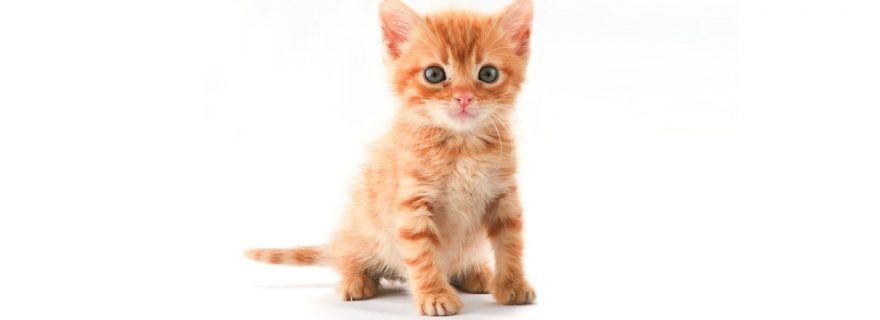The power of kitten pictures: Positive pictures make task switching easier
If you do multiple things at a time, you’re probably less effective than people who do them one by one. But kitten pictures might be of help! Researchers recently found that looking at positive pictures makes task switching easier and more effective.
Switching costs
Imagine that you have to complete two different tasks. For example, you have to finish a paper and you have to prepare a completely unrelated article. You could do two things. Hovering back and forth between the two tasks, or working at them one at a time. Which strategy do you think would require the most effort? Spoiler: it’s the former, ‘multiple-things-at-a-time’ strategy.
When we work on multiple things at the same time, it actually means that we constantly switch between tasks. Every time we switch tasks, and every time our task changes, we have to adjust to this new task. In research, the extra time this takes is called ‘switching cost’.
Emotions in task switching
What role do emotions play in task switching? Would it be harder to switch tasks when you are sad, or easier when you are happy? And why would this be the case? Researchers conducted a study to find an answer on exactly those questions. In addition, they investigated parts of the brain.
In the study, a switching task was used. Participants looked at two numbers that were presented on a computer screen. Their task was to identify which one of the two numbers was odd, which became more easy over time, since all odd numbers were presented to them in the same colour. However, after a while the experimenters changed up the colours: if all odd numbers were green at first, they were now red! It took the participants a while to adjust to the new colour (switching costs!) since they could not blindly rely on the green colour anymore.
However, the crucial part of this experiment took place before this switching task: pictures were presented to the participants beforehand. They saw either a positive picture (cute animals, babies), a negative picture (garbage, violence) or a neutral picture (a chair, a mug).
When a positive picture had been shown to the participants, it took them a shorter amount of time to adjust to the changed colours (switching) compared to when they saw either negative or neutral pictures. The task switching might thus have become easier after seeing happy pictures.
Conflict in our brains
This was also seen in the brain. The anterior cingulate cortex (ACC) is known to play a role in situations with conflict (for example: when there are two different tasks to concentrate on at the same time). The more task switching is required, the more the ACC is activated. And indeed, when participants had seen a positive picture, there was less activation in this brain area. If less conflict means less ACC activity, then positive images might have enhanced cognitive control and reduced sensitivity to response conflict.
Although this might seem promising, there is still a lot that we do not know. For example, what happens when a person that does not like babies or dogs sees those pictures? Is there still a positive effect? And what would happen if the participants viewed movies instead of pictures? Would that result in a different outcome?
Whether it works or not, kitten movies can certainly do no harm. So until more research has been done, I would advise you to have some more. If all that positivity does not make your work noticeably easier, at least you’ll still be having fun!



0 Comments